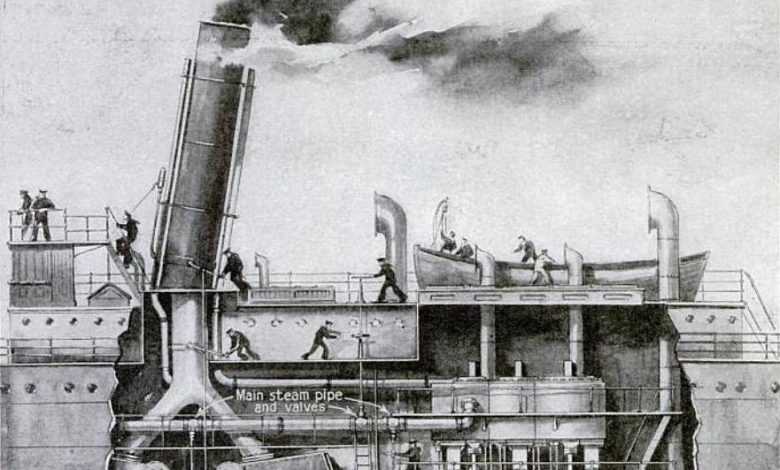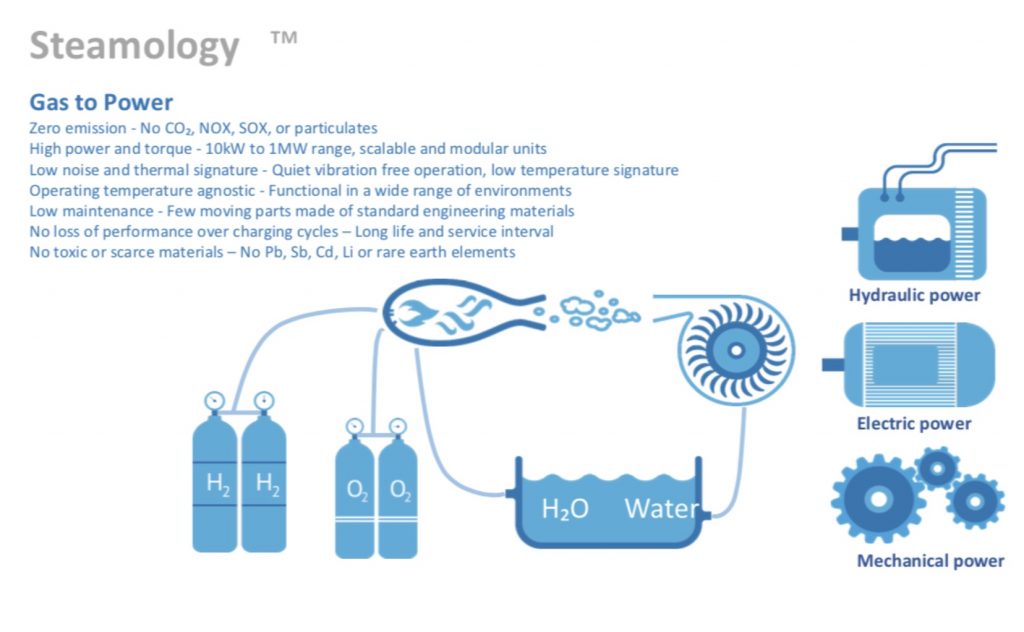British start-up attempts to bring steam power back to shipping

A British start-up called Steamology is trying to bring steam power back to shipping. However, the key difference for this 21st century invention is that instead of steam generated by burning coal, Steamology’s steam is generated by burning pure oxygen and hydrogen, split from water.
The company has just won UK government innovation funding of £400,000 ($496,000) to trial the technology initially for trains but with a longer term view of getting it onboard ships.
The project’s zero- emission hydrogen steam turbine, to be manufactured as a diesel engine replacement for rail freight locomotives, is equally suitable for replacing marine diesel engines, Steamology claims in a release issued today.
“Steamology zero-emission power systems are well suited to the high power demands of the maritime sector,” said Matt Candy, commercial lead at the company. “Steamology can deliver electrical, mechanical or hydraulic power at the MW scale, as well as combined heat, steam and power options.”
High power Steamology systems claim to have four advantages over fuel cell technology for use in a maritime environment. First, they are closed cycle and are not effected by the rocking motion of waves or salt water contamination. Moreover, the power system is extremely energy dense, has a long service life and is comparatively cheap.
Steamology is aechnology and engineering company run by the team behind a land speed world record set in 2009. It was founded to commercially exploit the technology legacy from this successful world record attempt, combining it with green renewable hydrogen steam power generation.
At the heart of the water-to-watersystem is a compact energy dense steam generator. Steam is generated using energy stored as compressed hydrogen and oxygen gas in tanks. High pressure superheated steam is used to drive a turbine to do useful work by generating electricity. The hydrogen and oxygen used in this process are manufactured using renewable energy from PV solar, geothermal or wind turbines to power electrolysis to split water into hydrogen and oxygen gas, and to compress the gas into storage tanks.

